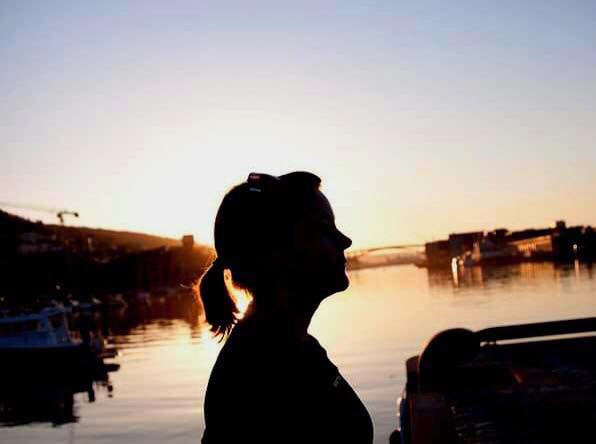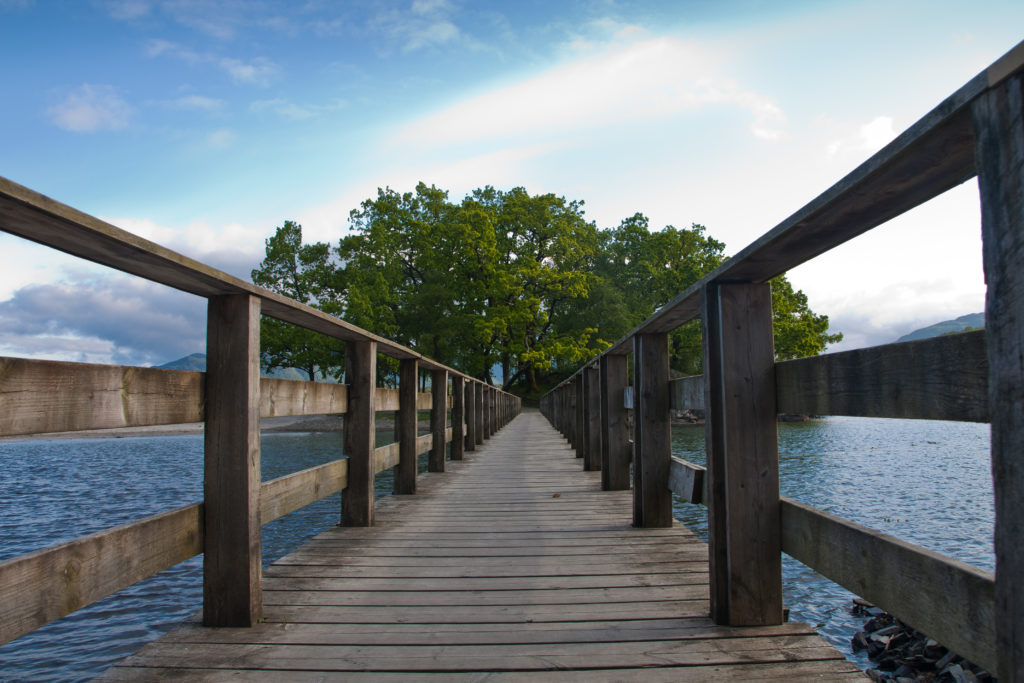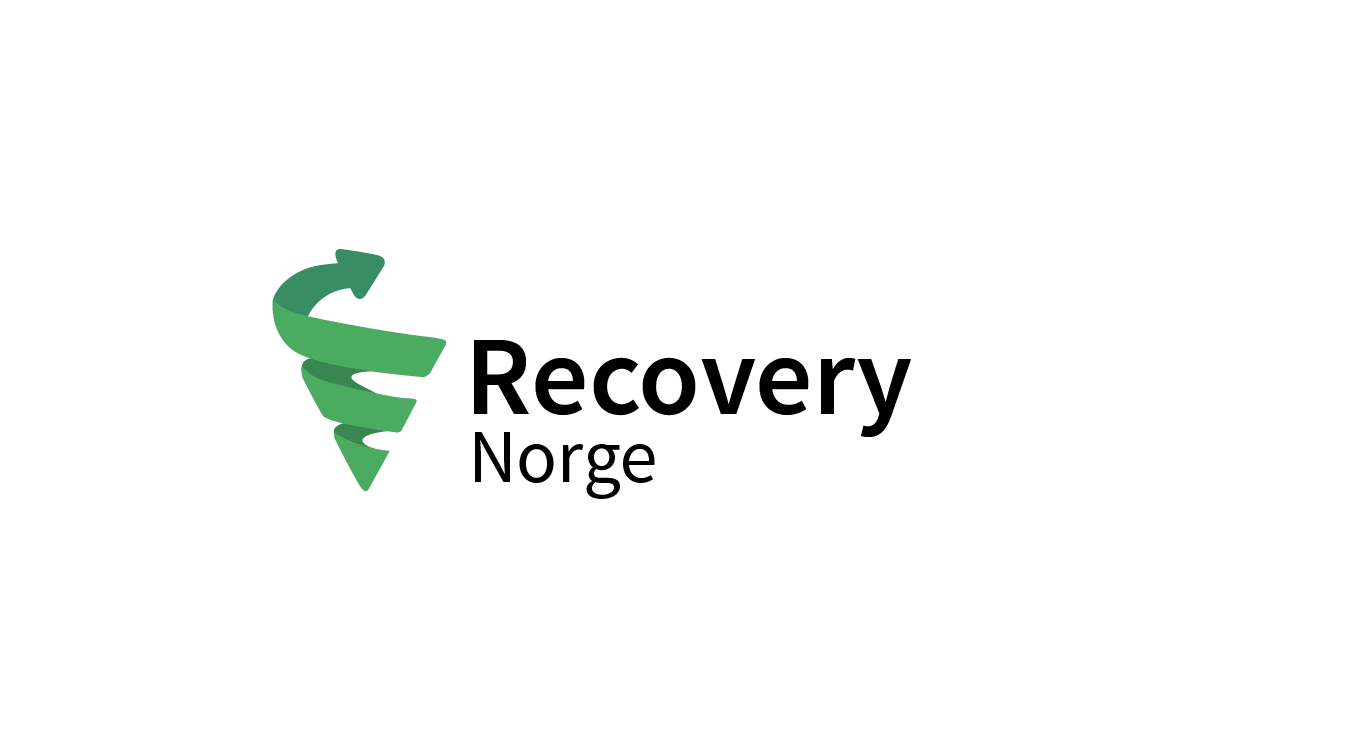Author: Woman
At a stop in Copenhagen on my way, however, I got a fever. I took a pill and carried on. But after arriving, my fever was higher. A few days thereafter, I was hospitalized and treated for malaria – even though it turned out I didn’t have it. After a few days, alone in a hotel room, I diagnosed myself with mononucleosis (EBV viral infection). Blood tests confirmed the suspicion.

Activity and punishment
I was sent home to Norway to get better. Every time I got a little better, and increased my activity levels, I got symptoms: fatigue, muscle stiffness, headache, photophobia and aversion to sounds (phonophobia or hyperacusis). I knew that activity, and getting out, was important for the body. So, I walked outside in slow motion. But the punishment came afterwards, in the form of increased symptoms in the proceeding days. Instead of getting better and going back to the dream job, I ended up living for almost a year at my parents’ home.
The days consisted of lying on the couch watching TV with the sound turned low. I dreaded my parents coming home from work, because then I felt I had to put the plates in the dishwasher, and this seemed insurmountable.
It was frustrating to switch between “at ease” and “two steps back”. I was looking for answers, to find a way to improve. As a doctor, I was both skeptical and fearful of an ME diagnosis, but after almost a year this was the diagnosis I received after being examined by a neurologist.
Skeptical of cognitive therapy
I was in contact online with others who had fatigue/ME and felt intimidated by their prolonged and serious illness. Was this the way things would be for me now? At the same time, these online groups felt supporting – they were someone who understood how I felt and who could provide advice as to how to relate to it. I learned adaptive activity and discussed research findings in biomedicine.
Being educated in conventional medicine as I am, I was generally skeptical of cognitive therapy, mindfulness and especially the Lightning Process (LP), which lacked scientific evidence. From other sufferers I learned that those who offered LP only had economic motives, and that those who were cured actually had something else than ME. Today I would have thought differently about this, but at that time such beliefs made it unthinkable for me to try LP – despite family members suggesting it.
The neurologist who made the diagnosis said there was little to do, apart from waiting.
The Rituximab study
Eventually I came in contact with two doctors and researchers at the Cancer department at Haukeland hospital in Bergen, Norway called Fluge and Mella. They were going to test a cancer drug against ME and were looking for patients willing to enter their study. I was examined and met their strict criteria for joining what has become known as the Rituximab study (RituxME). Twice I was in the cancer department and received infusions that neither I nor the doctors knew were saline or medicine, since it was a so-called double-blind placebo-controlled study.
I eventually moved back into my apartment and tried to uphold my circadian rhythm and some meaning in life. Two hours a week I stopped by at my old job at the university. Social security covered taxi to and from work. The rest of the time I mostly sat on the sofa. My mother came and washed my apartment, and I had virtually no social life.
Nothing could be left untested
I was fortunate that I had a wise GP, he knew a psychiatrist who was treating ME/fatigue. I was skeptical, but I felt I had come to a point where nothing could be left untested. The fact that he was a medical specialist and part of the public health service, and thus had nothing to do with alternative medicine, made it more appealing to me. I went there for an assessment and a talk with a psychiatrist. I was given sleeping pills, so that I could sleep better, and I was told that this is something you can get better from. Then, for the first time, I got a slight improvement that lasted. I had not had continuous sleep for as long as I could remember.
I was told that this is something you can get better from
I was impatient and chose to leave the rituximab study (RituxME) before the follow-up period was completed and before I knew if I had been given saline or medicine. I traveled to a small place near Bergen called Skanevik, far inside a west coast fjord, to what then was called (Frihamsenteret) The Frihamn Center to try a 4-day treatment in a group with other patients. Today this place has moved to a nearby area and is called the Clinic for Stress Medicine.
Had no expectation of recovery
A few days before I went to The Frihamn Center, I got a fever from carrying out the short training program the physiotherapist had developed for me. I had no expectation of recovery, because I was convinced that there was something physically wrong with my body that should be fixed. But I was hoping to learn to master everyday life a little better.
I was convinced that there was something physically wrong with my body that should be fixed
At the same time, I knew from my own medical education that motivation is crucial for success with all forms of therapy. I decided to give this treatment a chance and fully support it. The alternative was to go back to sitting on the couch. I decided that my prejudices, based on things I had read and discussed with other people, had to be left at home. The same was true of all doubts and criticisms. Now I wanted to get better, and I wanted to go all in.
I was afraid that too much activity was expected of me
However, the fear was more difficult to get rid of. The first night after arrival, I told my fellow patients that I was afraid that too much activity was expected of me. This was because my experience was that activity led to more symptoms, I was afraid of getting sicker.

But the opposite happened! Despite a tight program of educational sessions where we learnt about the stress system, group therapy, mindfulness, individual therapy, physical activity and socializing with the others, I improved. I realized how the activation of the body and nervous system, which had been useful when I had an infection, had continued even though I no longer had an infection. This could explain why the body now reacted with a fatigue at even little activity. Mindfulness exercises taught me techniques to regulate down and shift focus away from the body, thus overriding the response the body was used to give. The exercises also taught me to have an accepting and non-judgmental attitude to thoughts, feelings and symptoms. At the same time, I was challenged to be active in a safe context and felt that I could cope with it.
Goodbye to the symptoms
It was liberating and almost intoxicating to feel a good relationship with my own body again. That we played as a team. To be able to walk in the beech forest and just feel the scents, sounds and sights of forest and nature, without concern for body and disease. After only a few days I flourished again. I, who had previously avoided walking uphill, went up the slopes of scenic Skanevik with pleasure. At the top of the tallest hill I sat down and composed a humorous blues over my goodbye to the symptoms, inspired by the Skanevik blues festival that was to be arranged a few weeks later. The blues was performed with a co-patient for the rest of the group before we each went our way to meet life again.

I chose not to look back at the past, but to look ahead
When I returned from my stay in Skanevik, I kept myself consciously aware of some of the learned strategies, in order to maintain my new focus and not allow illness and worries to sneak back and take control. I chose not to get into discussions about the content of the treatment and why it worked, but just enjoy that it actually worked. I also chose not to be active online, neither in discussions nor in reading about other sick people. And I chose not to look back at the past, but to look ahead.
Reached the top
Since the treatment Skanevik has such a good effect, I decided to go all the way in continuing at home. I practiced attention training/mindfulness at least twice daily, worked with thought patterns and challenged myself by entering situations I had previously avoided.
After a few days I was going to do one of the tasks I had set myself – going uphill. I started at the foot of one of the mountains and intended to walk a little. Along the way, I used the techniques of external focus. I focused on the flowers that grew along the path, the insects that were buzzing, the wind on the face and the view that gradually widened the higher I climbed. Suddenly, I had come a long way up the mountain – without knowing weariness or pain! I decided to go a little further. And a little more. All the while using everything that I had learned. And suddenly I could see the top. At that point there was no reason to turn around. The feeling when I stood at the top of the mountain was indescribable!
Life regained
Step by step I took my life back. The week after treatment I started to work in a 20% position at work, after being away from my job for almost two years. Half a year after treatment I was in full employment again. I have since traveled to other parts of the world, completed and defended my doctoral thesis. I have had two children and started to work in hospitals with long night watches. Inspired by my own recovery and the great potential for change we all have, I chose to specialize in psychiatry. Admittedly, I never got back what was the dream job at that time, but I got my life back, and new perspectives on what strength and great opportunity to change that we all have. My life’s big turnaround, I call it.
I didn’t believe that therapy would do anything but teach me how to cope with my everyday life, but I still ended up recovering fully
I realize that the same strategy may not be right for everyone. But I want to emphasize that, I myself was one of those who were searching for the defect that had afflicted the body, and that could be fixed with a medicine – the so-called biomedical approach. I didn’t believe that therapy would do anything but teach me how to cope with my everyday life, but I still ended up recovering fully. My wish is that more people will have this opportunity to take their lives back, and I therefore hope that the stories shared through Recovery Norway will allow more people to give corresponding treatment options a chance.
- This member of Recovery Norway has chosen to remain anonymous.
- The Clinic for Stress Treatment run by Bjarte Stubhaug recently published a study on their treatment.
